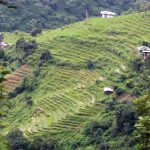Best Time To Visit Sri Lanka: A Traveler’s Guide
Sri Lanka, a popular holiday destination is visited by so many tourists every year! The best time to visit Sri Lanka is from December to April if you want to visit the southwest coast. Also, if you are planning to visit the east coast side, come during the months of May to September! You will get to experience the pleasant weather and the tranquil vibe of the place!
One of the key factors influencing a memorable trip to this beautiful country is the timing of your visit. The weather patterns, festivities, and local experiences vary across the year, making it essential to pick the right time for your adventure during the Best Sri Lanka trip packages.
Sri Lanka’s Weather
Talking weather in Sri Lanka, is quite tropical, which means it experiences distinct wet and dry seasons. So, temperatures stay hot and humid throughout the year even during the rainy season.
But, you would witness good sunshine every day, especially in the country’s coastal areas. So, while choosing the places to visit in Sri Lanka, make sure you catch up with the weather as well.
Sri Lanka experiences two monsoon seasons, which influence its climate and the best times to visit specific regions. The island can broadly be divided into two climate zones: the southwest and the northeast.
- Southwest Coast: The southwest monsoon hits between May and September, bringing rain to regions like Colombo, Galle, and the southern coastal areas.
- Northeast Coast: Conversely, the northeast monsoon prevails from October to January, affecting places such as Trincomalee and Batticaloa.
Suggested read: Ramayan tour in Sri Lanka
When Is The Best Time To Visit Sri Lanka?
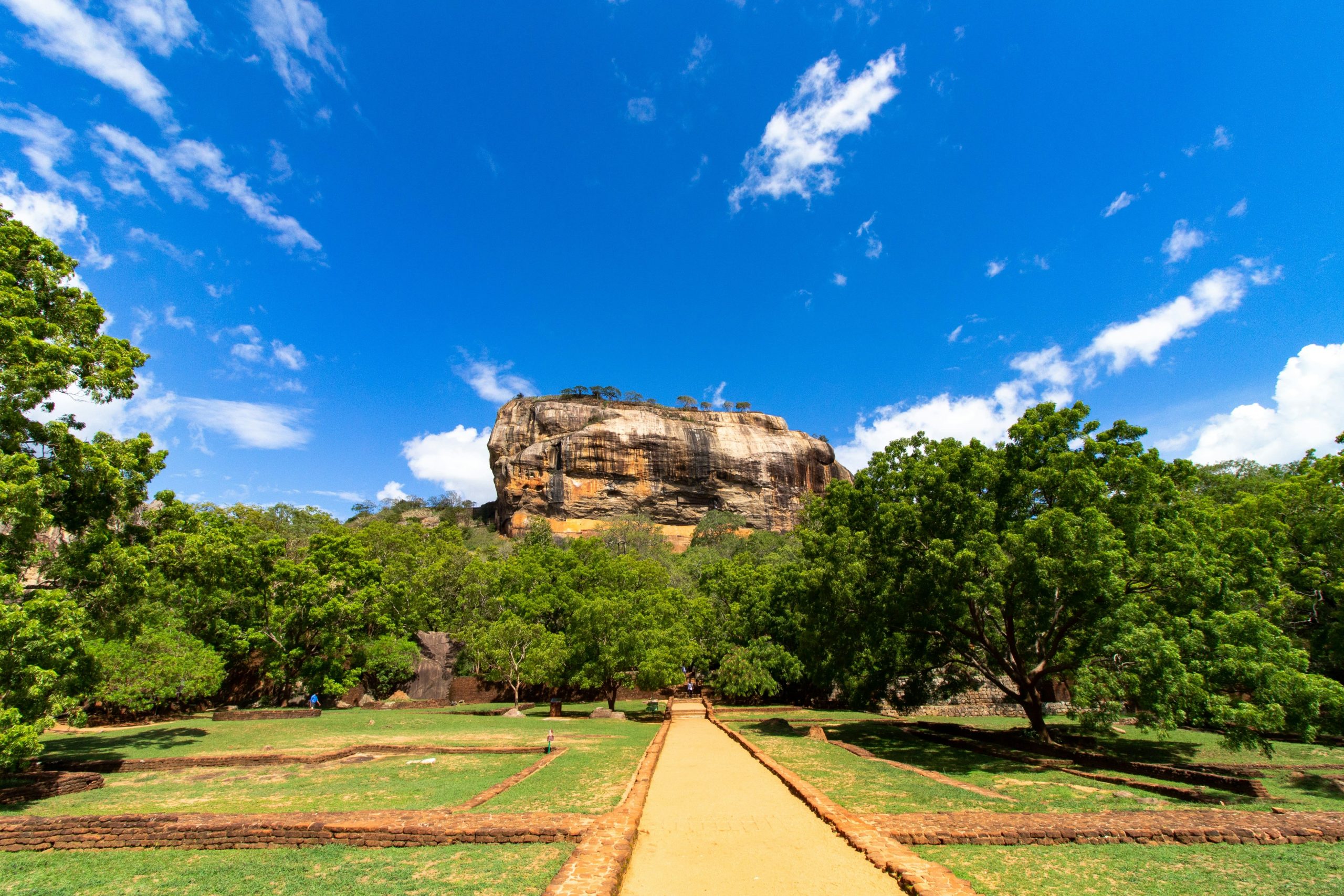
The best time to visit Sri Lanka largely depends on the region and the activities you plan to indulge in during your stay. Generally, the island nation experiences two monsoon seasons, affecting different parts at different times of the year.
The west and south coasts, including popular spots like Colombo and Galle, are best visited from December to March when the weather is dry and sunny, offering ideal conditions for beach lounging, diving, and exploring coastal areas.
On the other hand, the east coast, with destinations like Trincomalee and Arugam Bay, is perfect from April to September when the west coast experiences monsoon rains. This period presents excellent opportunities for surfing, whale watching, and enjoying the serene beaches.
However, the central highlands, including cities like Kandy and Nuwara Eliya, have a cooler climate and are best visited during the dry seasons from December to March and June to September, ideal for exploring tea plantations, hiking, and visiting cultural sites as well as shopping in Sri Lanka.
Ultimately, the best time to visit Sri Lanka varies based on your preferences and the experiences you seek in this stunningly diverse country.
However, to really understand the best time to visit Sri Lanka tourism, you need to take into account how the different areas of the country experience each season.
Suggested read: Temples in Sri Lanka
North-East Coast
In this region, there are areas of Jaffna and Mullaitivu, the climatic conditions are influenced by the north-east monsoon. It leads to heavy rains between the month of October and December. Also, the months of May and September face the driest season.
So, to experience the best time to visit Sri Lanka in this region, you should plan it from March to May. This dry season fosters favorable conditions for outdoor activities and tourism, allowing visitors to explore the natural beauty and cultural richness of the region. Despite the fluctuations in weather patterns, the northeast of Sri Lanka boasts its own unique charm throughout the year, attracting both locals and tourists alike with its diverse landscapes and cultural heritage.
Suggested read: Dusshera in Sri Lanka
East Coast
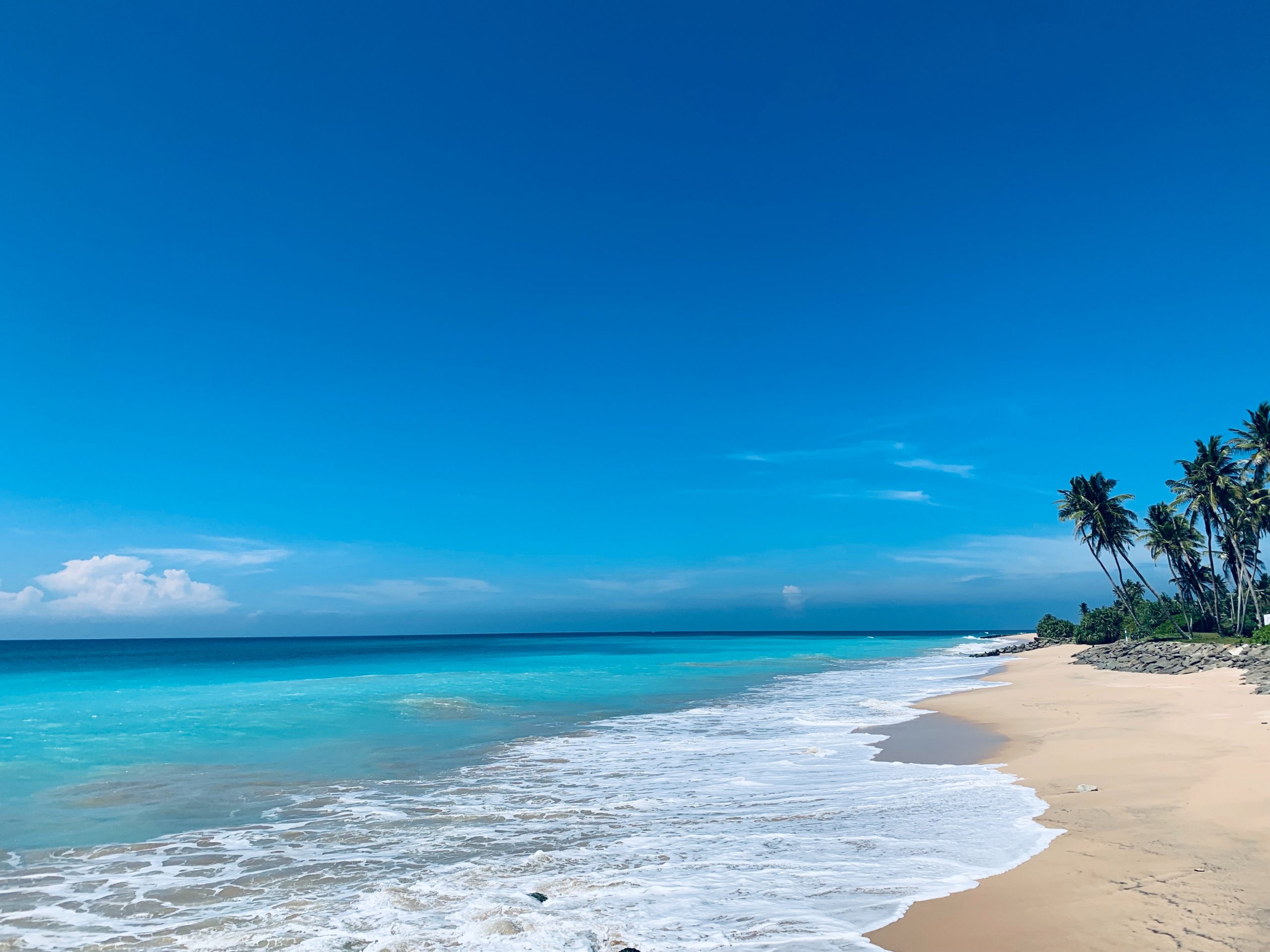
The east coastal regions of Passikudah, Arugam Bay, Nilaveli, Trincomalee, and Kuchchaveli experience the full force of the northeastern monsoon, so you should not prefer the time between October and December.
From May to September, the region encounters the southwest monsoon, bringing heavy rainfall and cooler temperatures. This period often sees intermittent showers and overcast skies, making it the wet season in this part of the country.
The months of October to January mark the northeast monsoon, where the weather tends to be drier and more pleasant with occasional showers. The temperatures during this time generally remain warm and comfortable, creating ideal conditions for outdoor activities and exploration.
The East Coast has stunning beaches in Sri Lanka, with the weather playing a pivotal role in drawing tourists seeking sunny days and gentle sea breezes for most of the year. The climate’s variability adds to the region’s charm, offering visitors a chance to experience a blend of tropical weather conditions throughout their stay.
Northwest Coast
The areas on the northwest coast include Kalipiya, Puttalam, and Mannar. Here, it sees a lot of rainfall brought by the northeast monsoon between the time of October and December. But, it enjoys some partial protection from India.
From November to March, the northwest coast enjoys a dry and sunny period characterized by warm temperatures and gentle sea breezes. This season beckons travelers to its pristine beaches, offering ideal conditions for sunbathing, swimming, and water sports. However, from May to October, the monsoon sweeps across this coastline, bringing intermittent heavy rains and occasional thunderstorms.
Despite the rainfall, this time of the year showcases a different allure, with lush greenery adorning the landscape and providing a refreshing ambiance. The northwest coast’s weather thus presents a delightful contrast, catering to diverse preferences and offering a year-round appeal to visitors seeking both sun-drenched days and tranquil rainy interludes.
Suggested read: Nightlife in Sri Lanka
Cultural Triangle
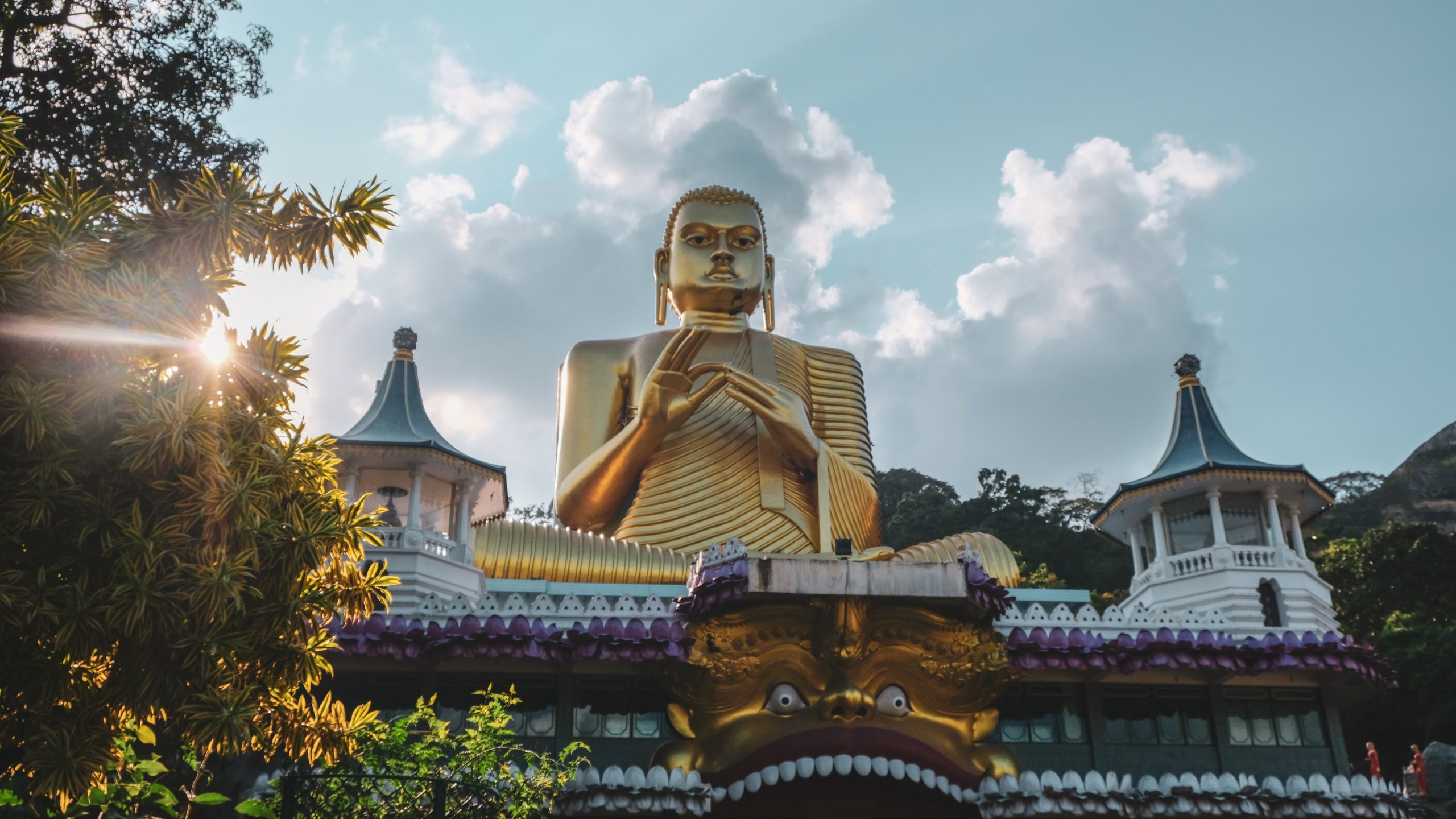
The weather in the Cultural Triangle of Sri Lanka is generally warm and sunny for most of the year. From May to September, it’s the dry season, with plenty of sunshine and little rain. This is the best time to explore the ancient ruins and historical sites that make up the Cultural Triangle, like the majestic Sigiriya Rock Fortress or the ancient city of Anuradhapura.
The temperatures during these months usually range from warm to hot, so it’s good to carry water and wear light, breathable clothes while exploring. From October to January, there might be some rain, but it’s still a great time to visit as the landscape turns lush and green. Overall, the weather in the Cultural Triangle offers different experiences throughout the year, making it an intriguing place to visit for history buffs and nature lovers alike.
So, the best time to visit Sri Lanka depends on your own preferred choices.
Southwest Coast
The weather on the southwest coast of Sri Lanka is usually warm and pleasant throughout the year. This area experiences a tropical climate with two main seasons: the dry season and the wet season. During the dry season, which typically spans from November to April, the weather is sunny, and rainfall is minimal, making it an ideal time to visit.
The temperatures are warm and comfortable, perfect for enjoying the beautiful beaches and engaging in outdoor activities like swimming and surfing. However, from May to October, the southwest coast encounters the wet season, characterized by increased rainfall and occasional thunderstorms.
Despite the rain, the temperatures remain relatively warm, and the lush greenery flourishes during this time. Visitors should be prepared for occasional showers and humidity during the wet season but can still enjoy the natural beauty and rich culture of the region.
Suggested read: Festivals in Sri Lanka
South Coast
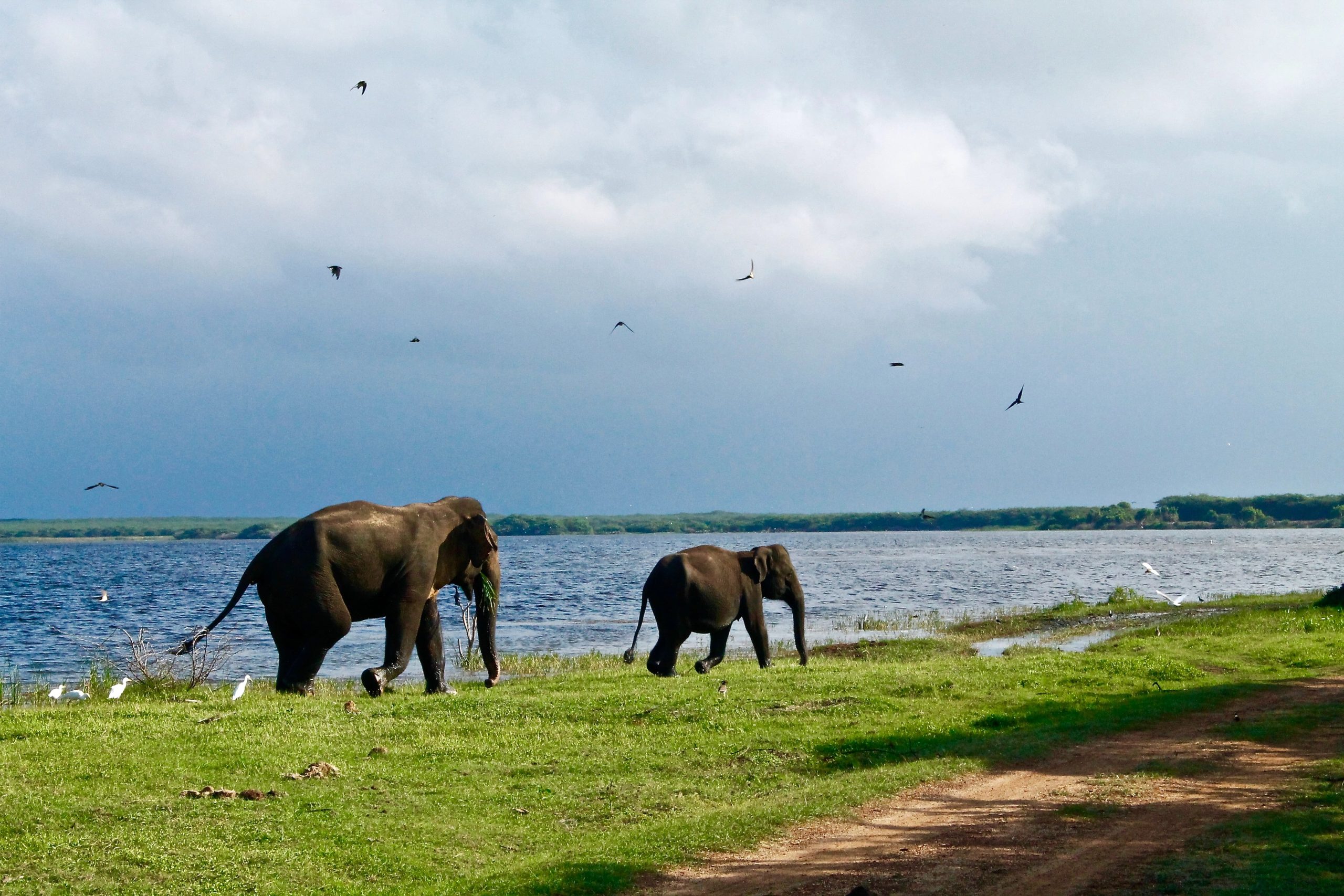
The weather on the south coast of Sri Lanka is generally warm and tropical throughout the year. It’s often sunny and hot, perfect for enjoying the beautiful beaches and exploring the stunning scenery. The region experiences two main seasons: the dry season and the wet season.
During the dry season, which typically spans from December to March, the weather is sunny with little to no rainfall, making it an ideal time for tourists to visit. However, from May to September, the south coast encounters the wet season, characterized by occasional heavy rains and thunderstorms.
Despite the rain, temperatures remain warm, and the lush green landscapes showcase the natural beauty of the area. Visitors can still enjoy their time by exploring indoor attractions or experiencing the refreshing rain showers. Overall, the weather in the south coast of Sri Lanka offers a blend of sunny days and occasional rainfall, allowing travelers to experience the best of both worlds.
Where To Stay In Sri Lanka?
The destination offers you many places to stay, while you choose the best time to visit Sri Lanka from India. From the bustling cityscape of Colombo to the serene shores of Mirissa, each region offers a unique experience. Colombo, the capital city, boasts a range of accommodations, from luxurious hotels in Sri Lanka to budget-friendly guesthouses, ideal for exploring the city’s vibrant culture and historical sites.
For those seeking tranquility and beachside relaxation, the southern coast, including places like Galle and Unawatuna, offers stunning resorts and boutique hotels overlooking the Indian Ocean. The central highlands, around Kandy and Ella, boast breathtaking landscapes and cozy guesthouses amidst lush tea plantations.
Additionally, for a nature-centric retreat, exploring the cultural triangle of Sigiriya, Dambulla, and Anuradhapura unveils charming eco-lodges and heritage hotels surrounded by ancient ruins and natural beauty. Whatever the preference, Sri Lanka accommodates every traveler with its diverse range of stay options, promising an unforgettable experience amidst its rich tapestry of landscapes and culture.
Suggested read: Sri Lankan cuisine
Frequently Asked Questions: (FAQ’s)
Is Sri Lanka crowded with tourists during peak season?
Sri Lanka experiences a surge in tourist numbers during its peak season, typically from December to March, and again from July to August. During these times, popular tourist destinations like the cultural triangle (Sigiriya, Dambulla, Polonnaruwa), Kandy, Ella, and coastal areas such as Mirissa and Unawatuna can get quite crowded.
Hotels, attractions, and transportation tend to be busier, and some places may feel more congested. However, despite the increased tourist activity, Sri Lanka’s diverse landscapes often allow for enjoyable experiences even amidst the crowds, and there are still pockets of tranquility and off-the-beaten-path destinations to explore.
What is the best time to visit Sri Lanka for good weather?
The best time to visit Sri Lanka for favorable weather largely depends on the region. However, generally, the prime time to explore the island nation is from December to March when the west and south coasts enjoy dry, sunny weather.
These months offer ideal conditions for beach activities, sightseeing, and exploring cultural sites without much rainfall. Conversely, the East Coast experiences its dry season from April to September, making it an excellent choice for visitors seeking sunny days and clear skies in areas like Trincomalee and Batticaloa.
Overall, the months between December and March are often considered the best time to experience the diverse beauty of Sri Lanka due to the pleasant weather prevailing across most parts of the country.
What is the best time to visit Sri Lanka for wildlife enthusiasts?
The best time to visit Sri Lanka for wildlife enthusiasts largely depends on the specific wildlife experiences sought. For those eager to witness the majestic sight of elephants congregating in national parks like Udawalawe or Minneriya, the optimal time is during the dry season, from May to September, when animals gather around dwindling water sources.
Alternatively, the period from October to April, during the island’s northeast monsoon, is ideal for exploring Yala National Park and spotting elusive leopards, as the vegetation thins, making wildlife sightings more probable. Each season offers unique opportunities, making Sri Lanka a year-round destination for wildlife aficionados to encounter its diverse fauna.





